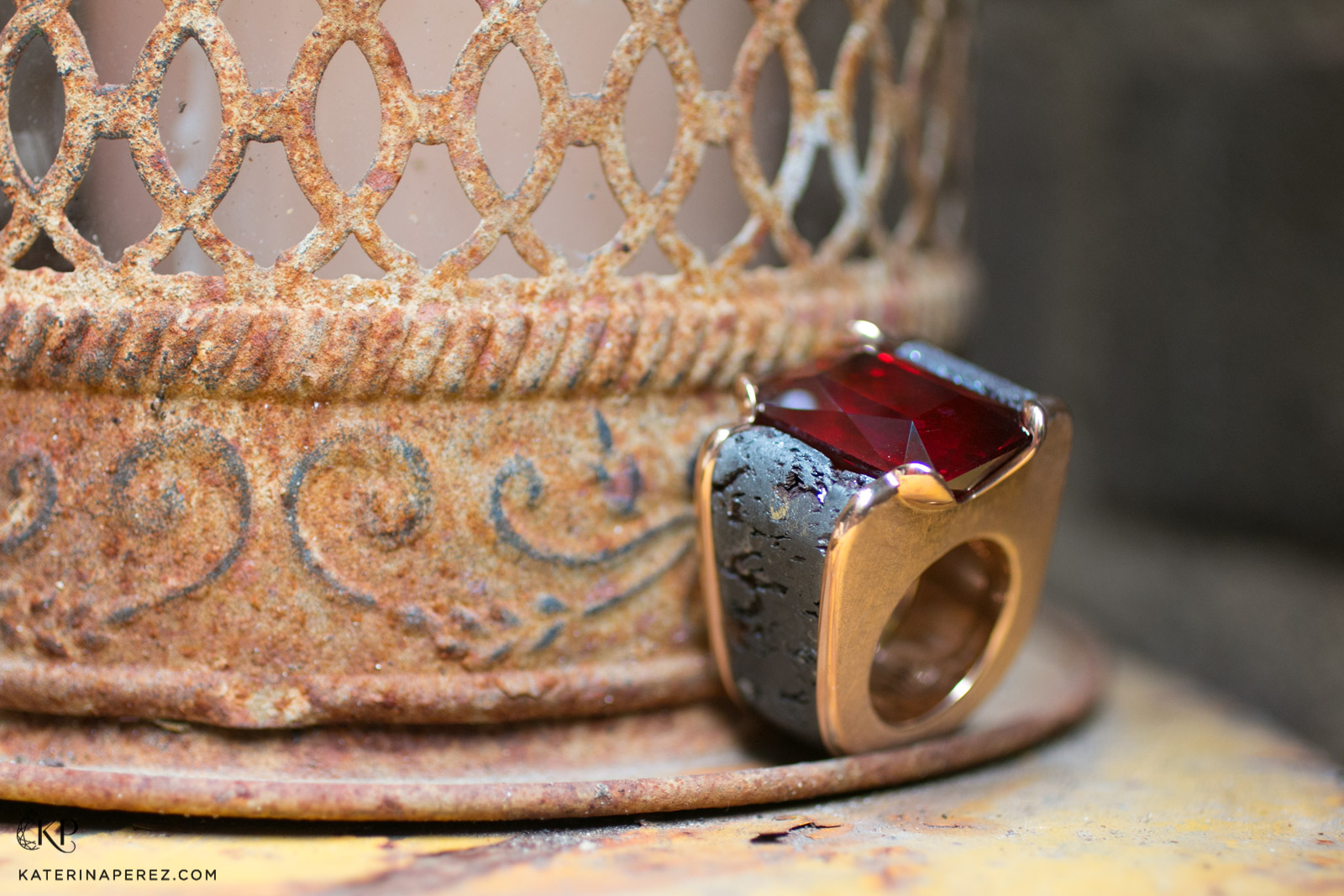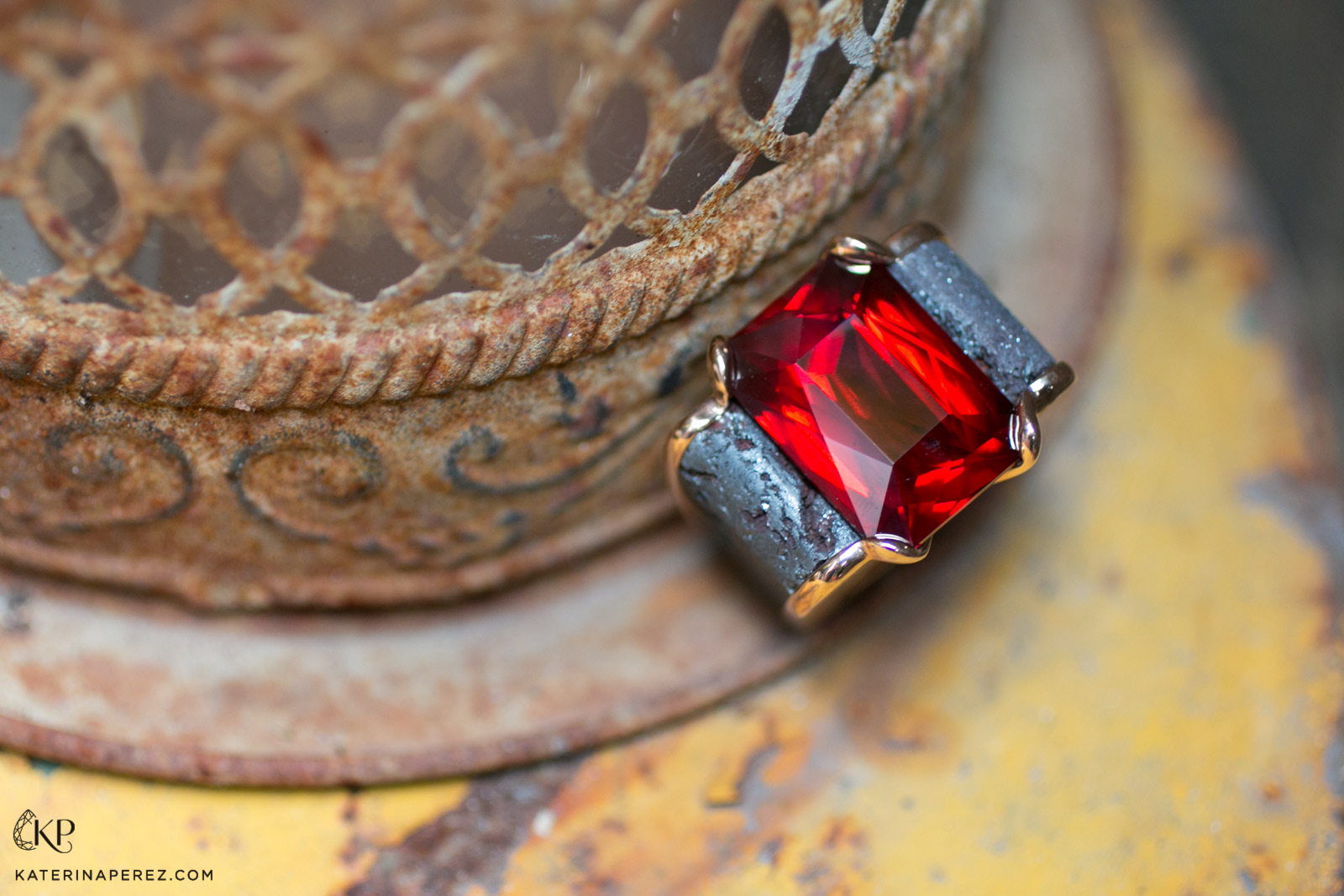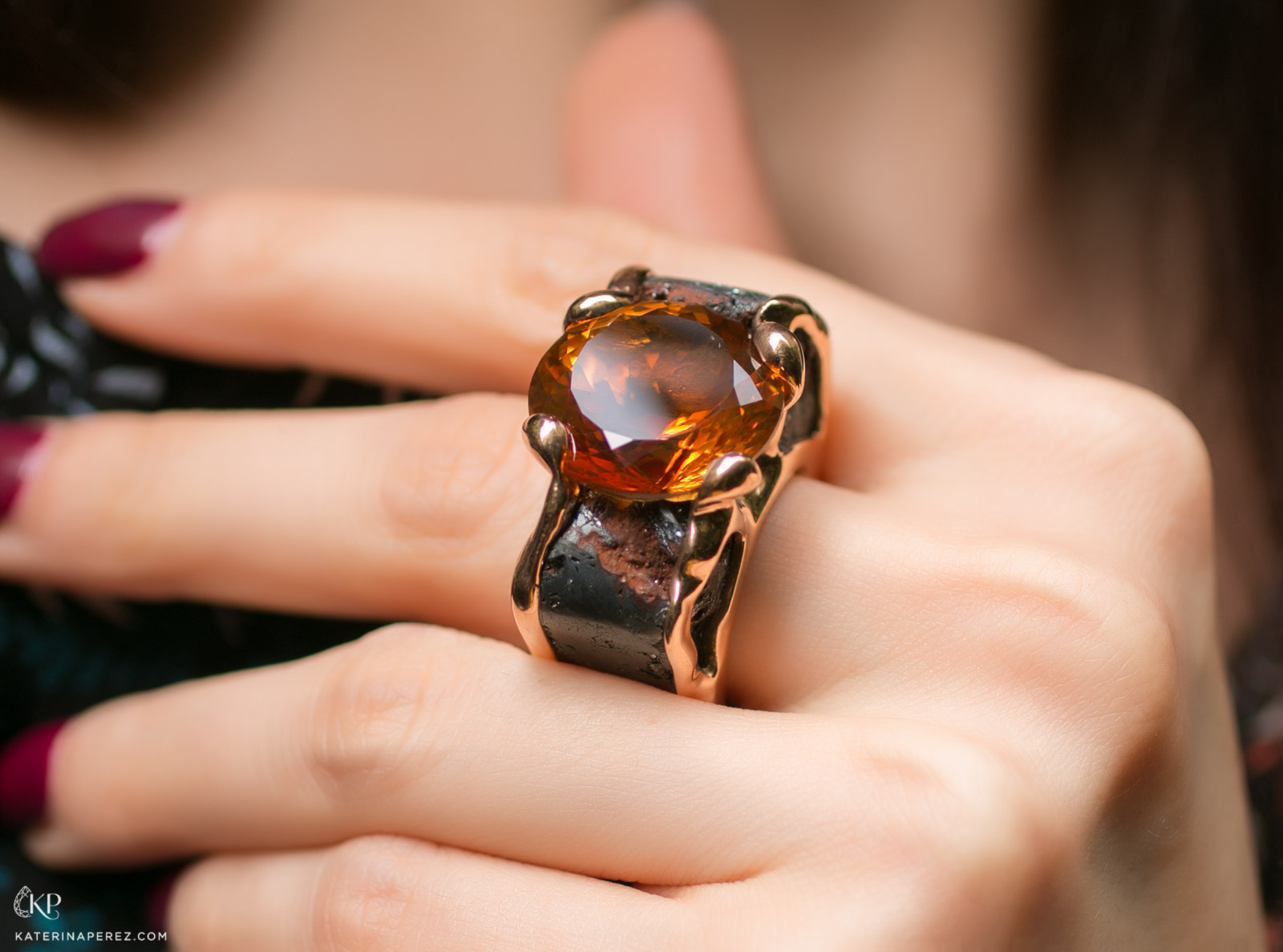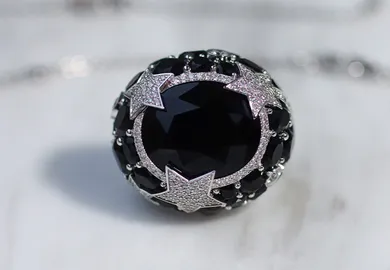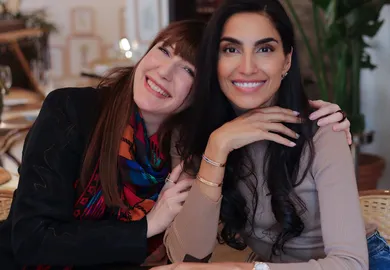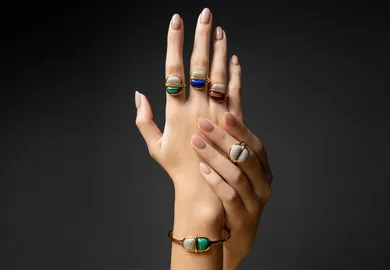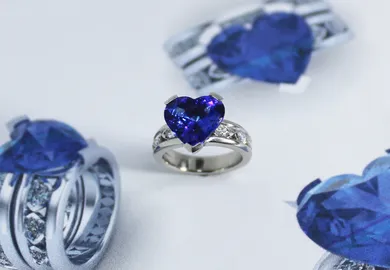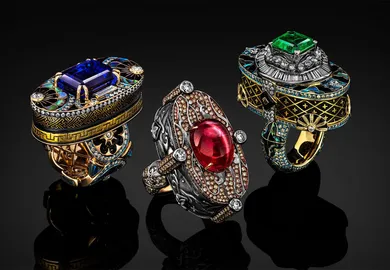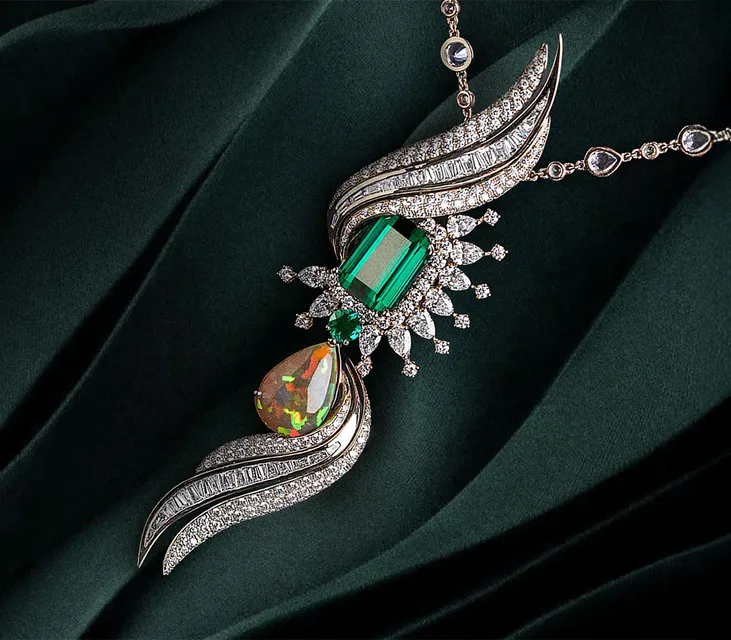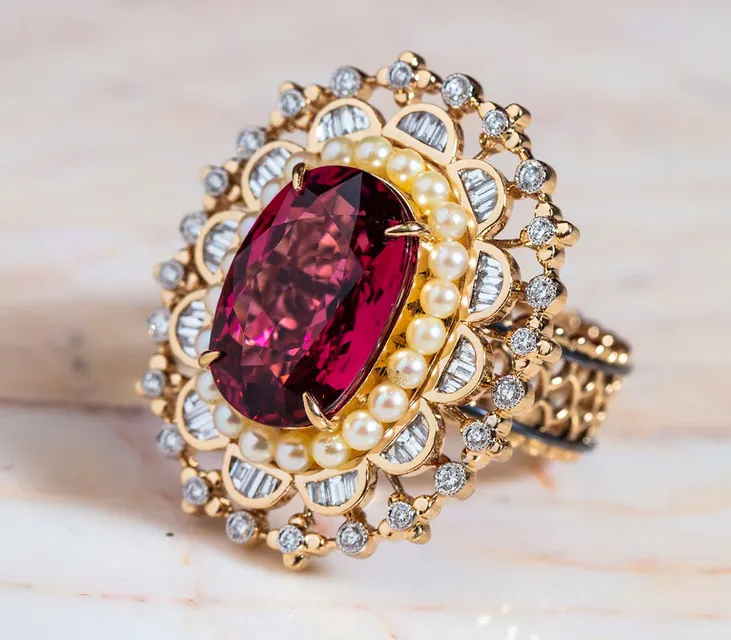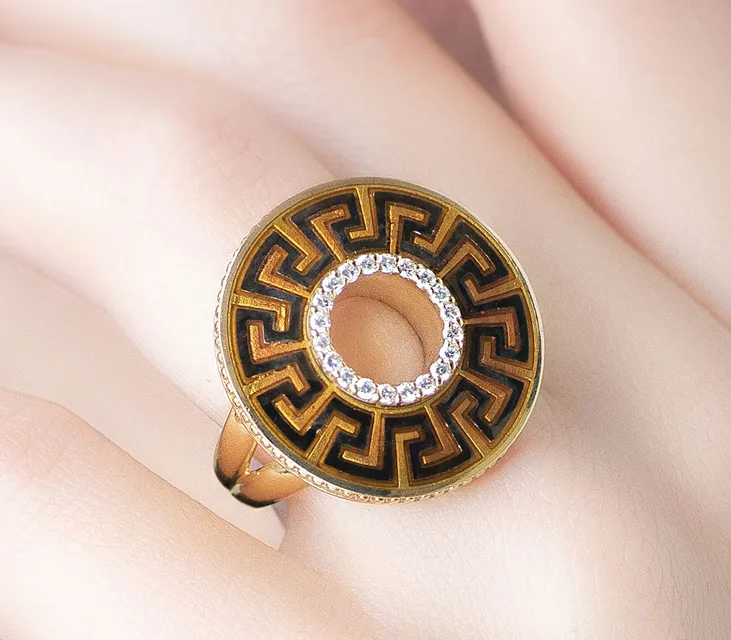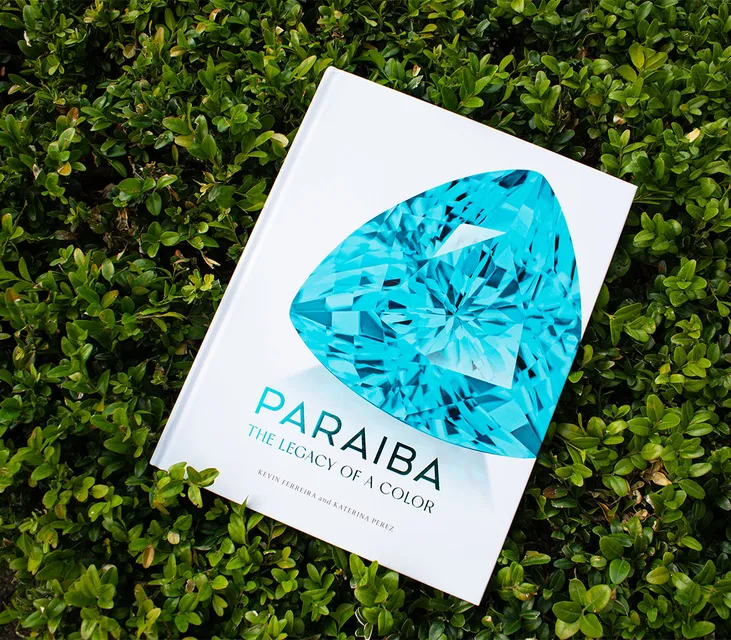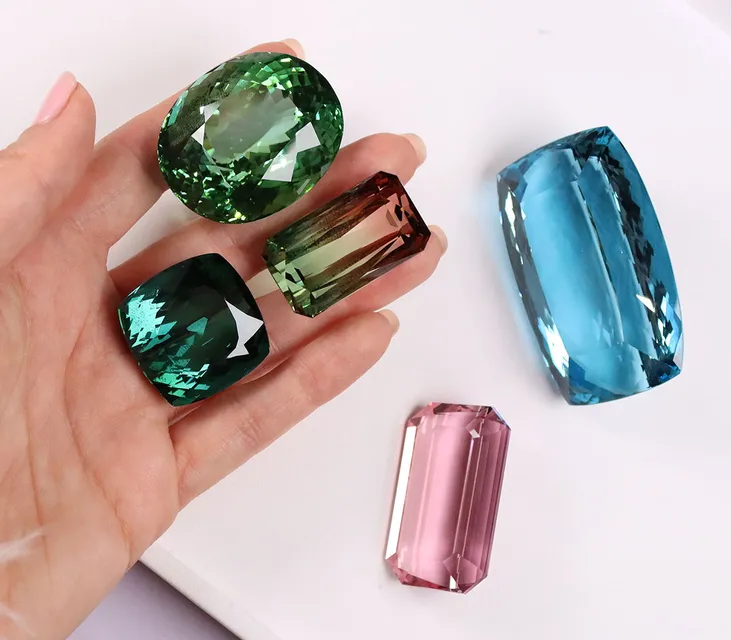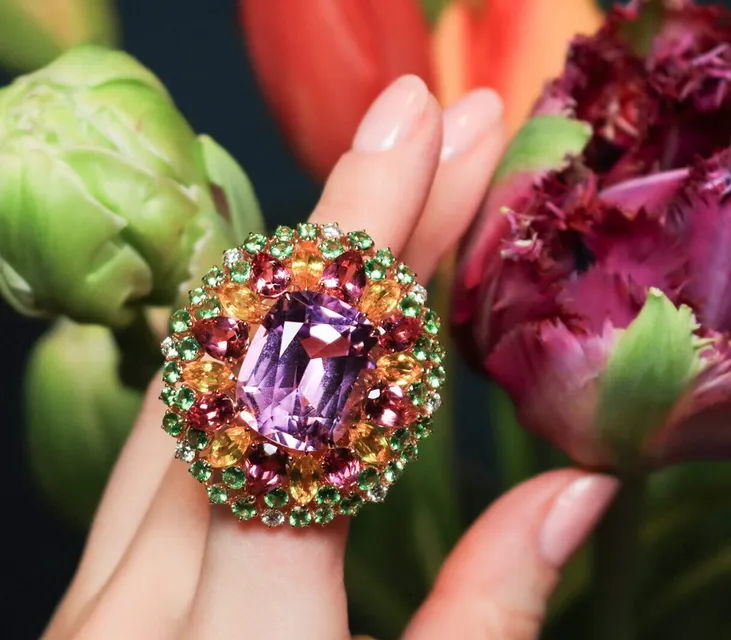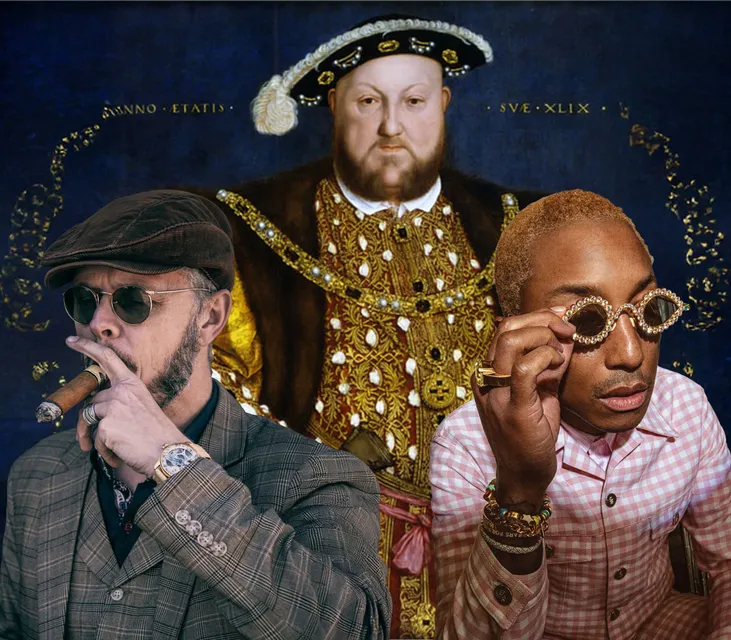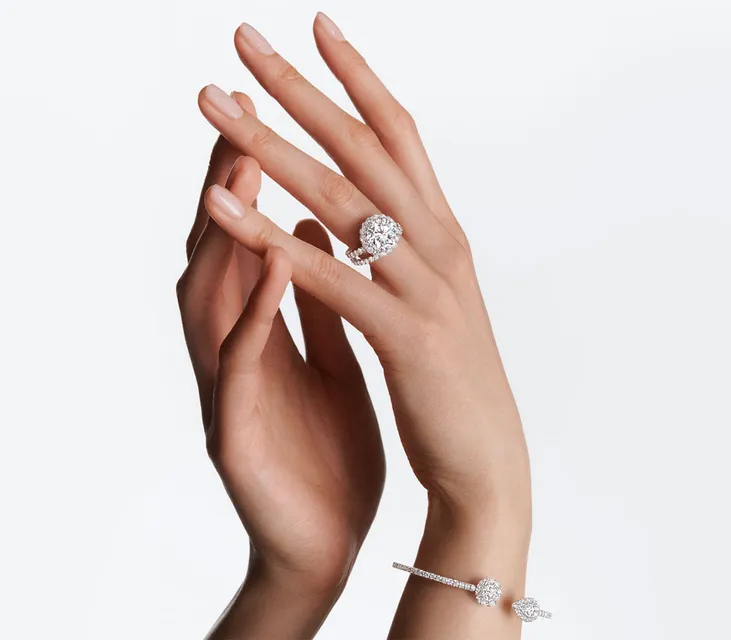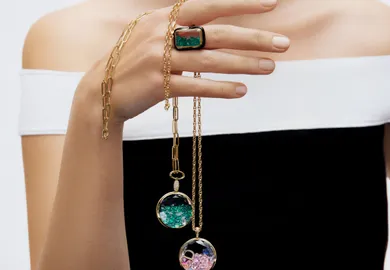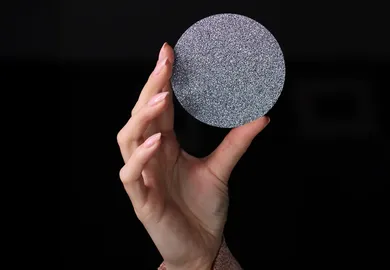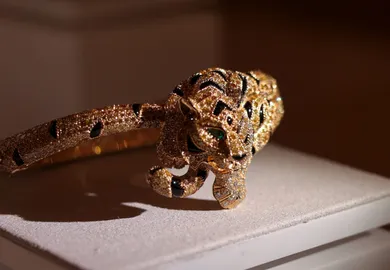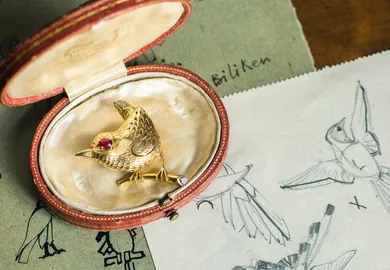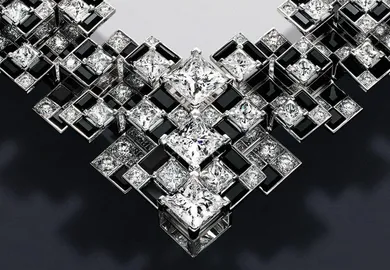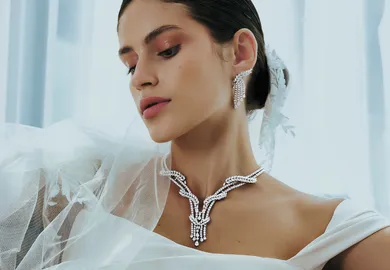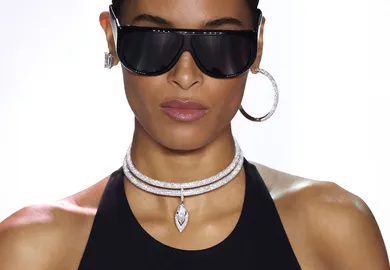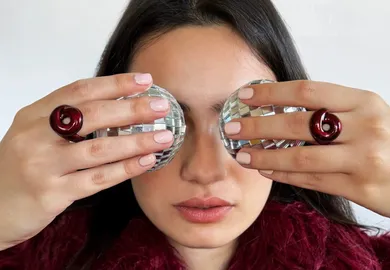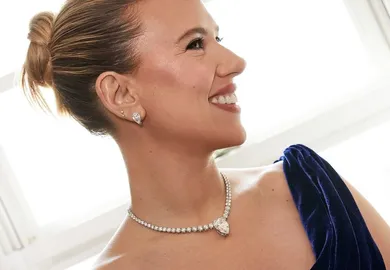
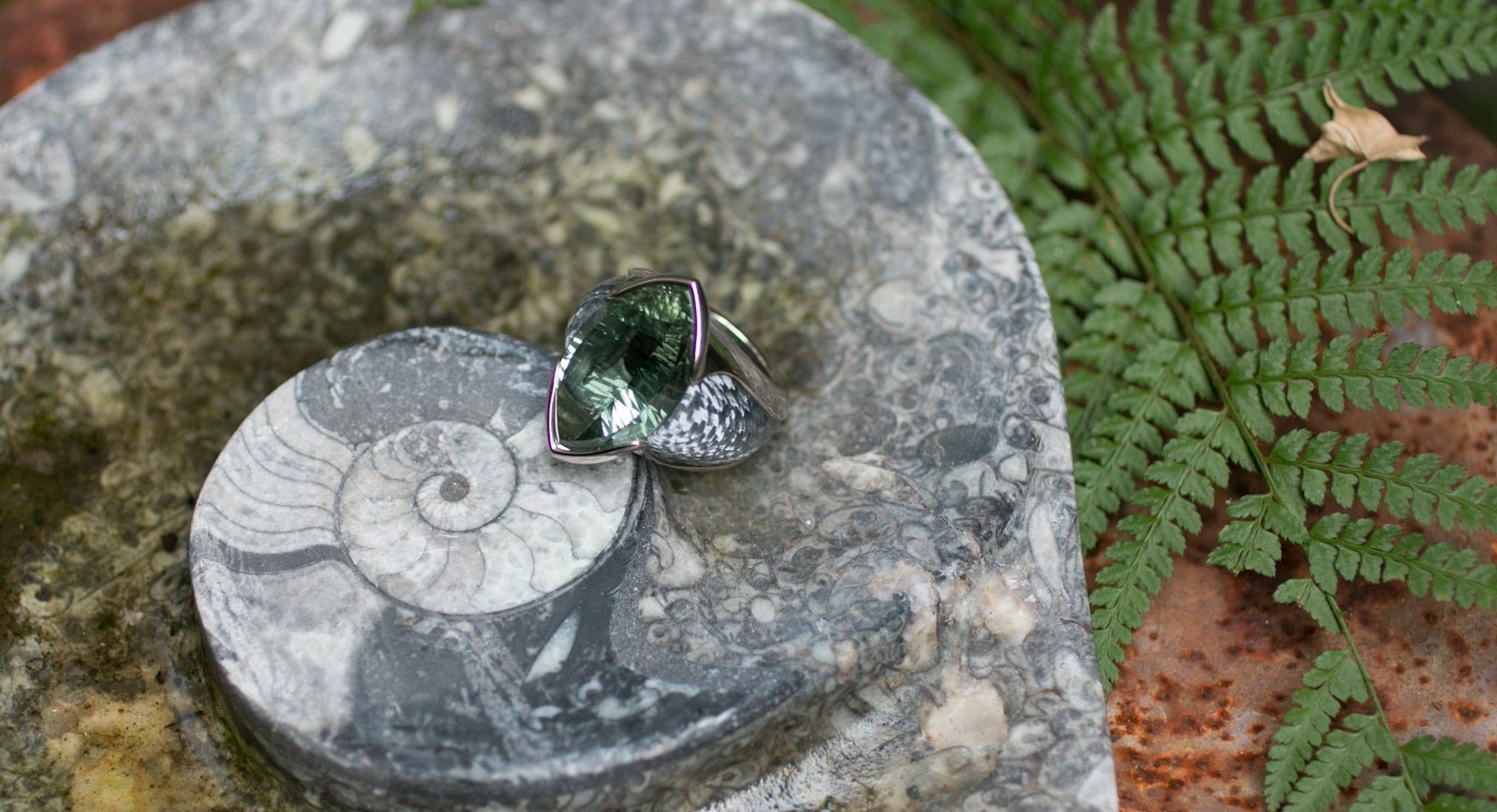
Philippe Pfeiffer: Jewellery is a statement of self expression
Philippe Pfeiffer is a craftsman unlike any other that I have met before. Part gemstone lover, part alchemist, part engineer and part artist; this is a man who is as excited by discovering a new technique for creating jewellery as he is by discovering a bright and beautiful gemstone.
To enter into Philippe Pfeiffer’s London boutique feels as though you are being allowed to see a wizard cast his spells, and as he talks about his creations and the inspirations behind them, he repeatedly leaps up in excitement to show me more and more of his unique and irrefutably one-of-a-kind pieces.

Katerina Perez: You use many unusual techniques you create jewellery, what motivated you to explore them?
Philippe Pfeiffer: I explore my own ways, because at school they teach you only the classical way of making jewellery, and I find them not exciting enough. I’m always looking for new possibilities and a different way of approaching jewellery-making, taking some ideas from other industries. For example, one of the techniques I’ve used to create the pattern on a Damask steel ring is very ancient; you take the different metals and irons and steels, heat them together, beat them together and then fold them and beat them again, and again. It is the same technique used for making the most precious Japanese swords.
KP: Do you experiment by trial and error? It seems like a very brave and innovative way to approach jewellery making.
PP: Often, I see something I like and have an urge to translate it into jewellery. I select gemstones in the same way. Look at this ring with hematite which is iron ore. You can see the rust in the stone, so I combined it with a citrine as their colours match perfectly.
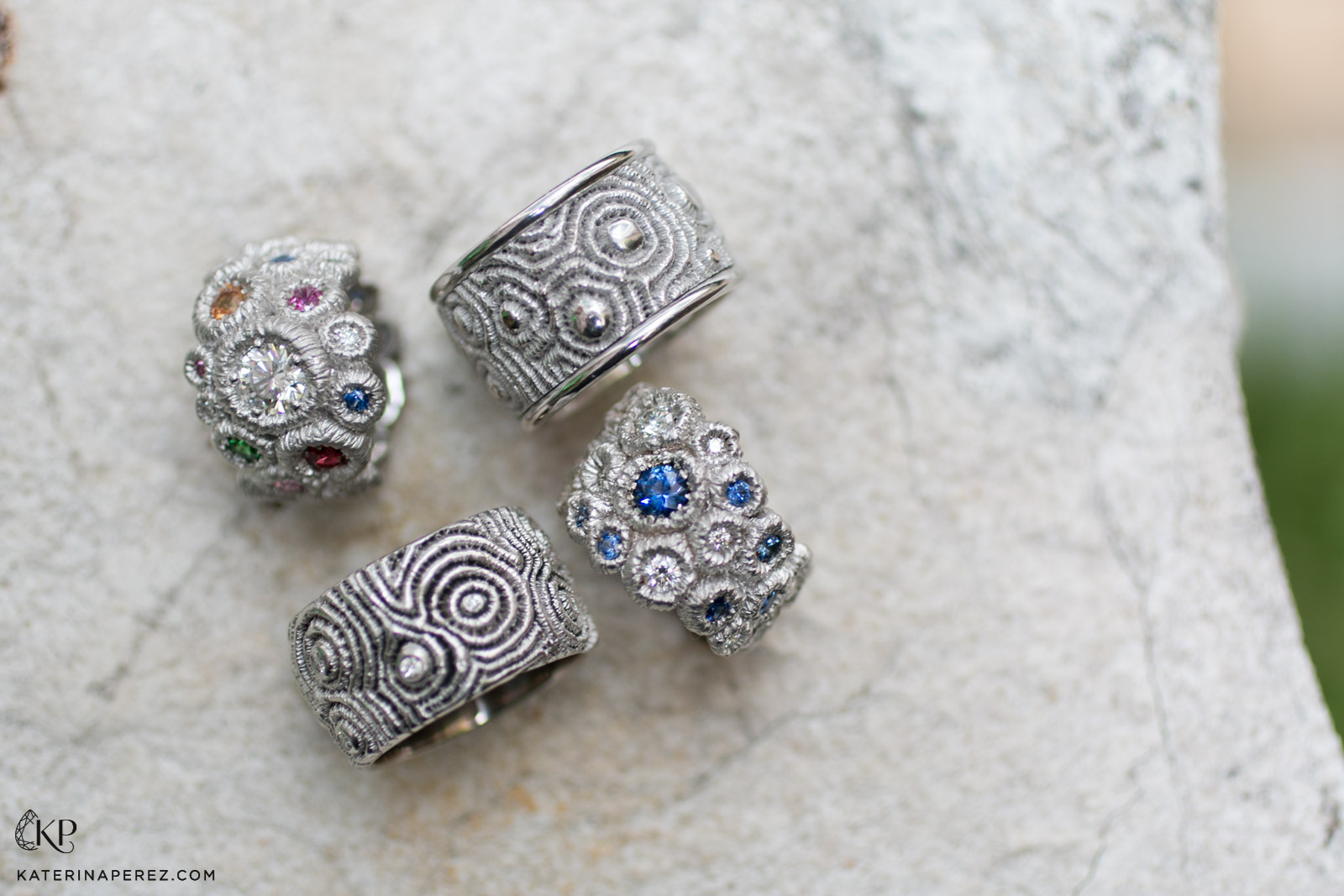
Clockwise from top left; ring in White Gold with a 0.74ct Brilliant Cut Diamond and 7 diamonds totalling 0.245 ct, with tsavorite, sapphire and ruby, ring in White Gold, ring in White Gold with 13 Brilliant Cut Diamonds totalling 0.268ct, a diamond of 0.175ct and 24 Sapphires totalling 1.735ct, and ring in White Gold with 12 Brilliant Cut diamonds totalling 0.255ct
KP: And the sparkle of the citrine compliments the matte, rough hematite perfectly – in my mind, these are your signature pieces. How did you develop this incredibly strong and identifiable style?
PP: I think the influences we take in are something that happens subconsciously. I love all types of materials, from hematite to diamonds, and I’m constantly inspired by nature. Some things at vintage fairs amaze me, and by taking all of these in, my brain creates something totally original from all of these ingredients.
KP: What kind of stones ‘speak to you’?
PP: I do have a penchant for tourmalines, especially Paraiba. Generally, I’m looking for the cut of the stone, not the expense as I feel there is a difference between the monetary value of a stone and its worth. I love colour, and often people are afraid of it, but coloured stones just speak to me and if I wasn’t designing, I would have been a gem hunter.
KP: One of your specialities is taking old pieces and gems, then turning them into something new…
PP: That’s true, often my customers give me special pieces, or ones which they love but find they no longer wear, asking to give them new life. What’s incredible is the sentimental value attached to jewellery and gems, people incorporate them into their lives, like some sort of talisman. They still want their grandma’s stone, but in a piece they might appeal to them more. I don’t necessarily take the gemstone out the original piece – I design a new platform for the original piece. One example is an antique Viennese brooch that I set in a carbon fibre ring.
KP: I would characterise your jewellery as, amongst other things, statement. Have you always loved larger, voluminous jewellery?
PP: Not initially! After my apprenticeship, I compared my jewellery with my master’s pieces for a while and thought: ‘I’m making his jewellery again!’ My creations weren’t identical, but suddenly it became clear to me how influenced I’d been. It made me realise that I had to rethink everything, and from there my jewellery became bold and tactile, as I guess is now considered my style.
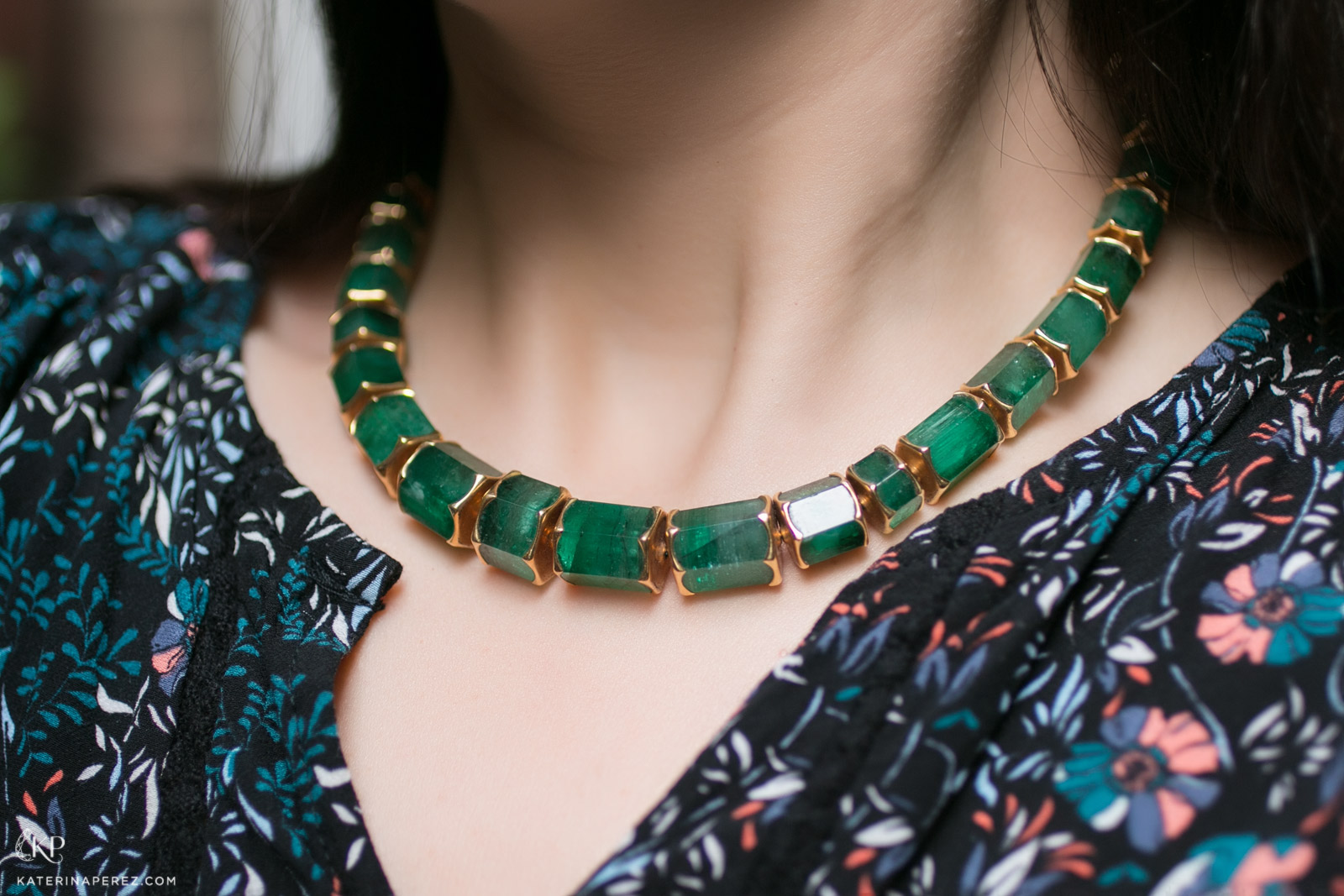
Philippe Pfeiffer necklace in 400ct Emerald and Yellow Gold
KP: Jewellery, is it precious accessory or means of self-expression?
PP: I don’t want the jewellery I make to be just an accessory. For me, it’s a statement of who I am, and if you wear it and buy it, it’s an extension of who you are. My wife wears my jewellery and she says it’s amazing how many people comment on it. She’s a perfect example that large, statement jewellery can suit anyone, as she is petite. It’s about confidence and your personal style. A t-shirt is transformed into something chic when you add an amazing necklace for instance.
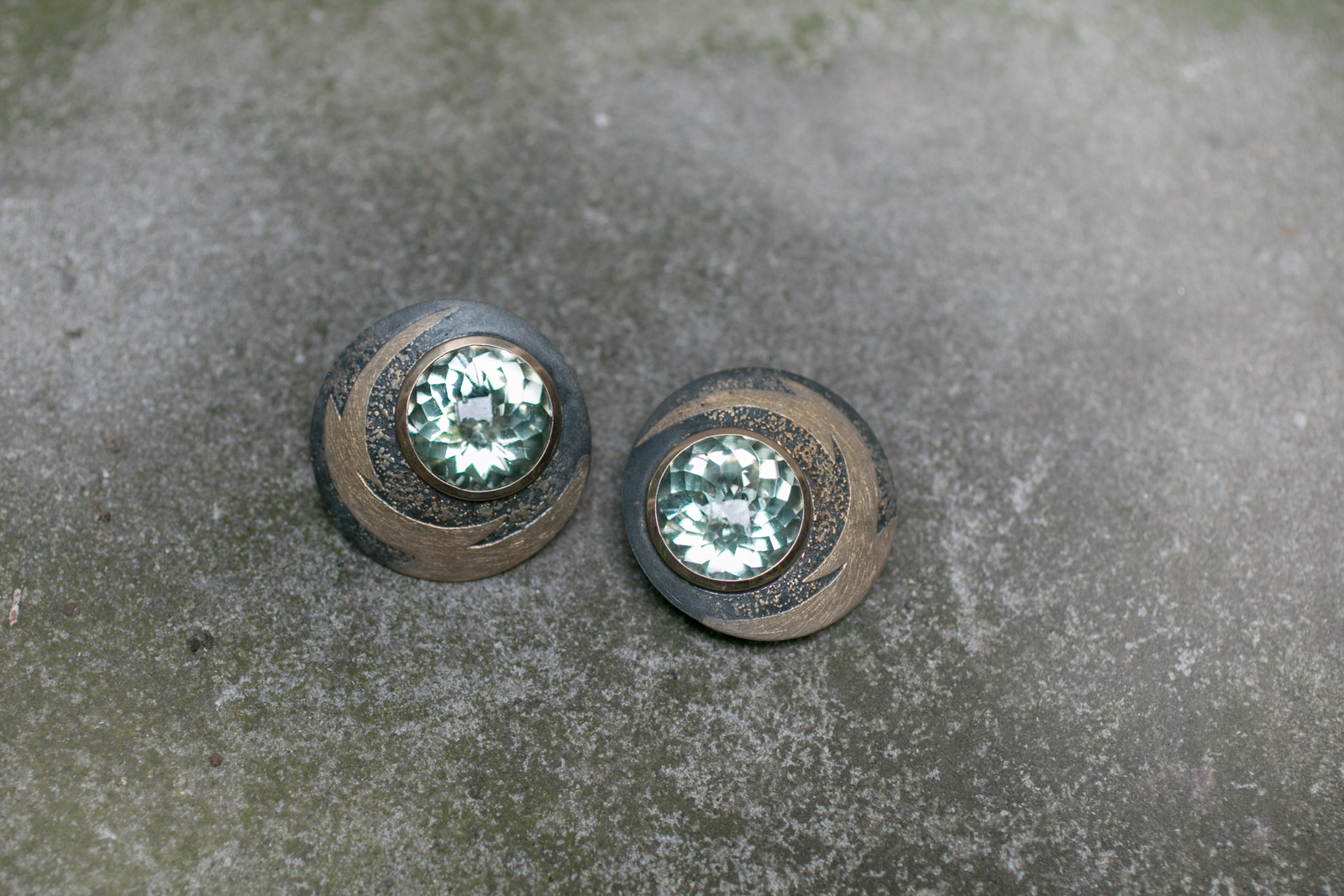
Philippe Pfeiffer earrings in silver, yellow and fine gold with 2 Prasiolites totalling 27.32ct
If ever there were a jeweller who could be described as an artist, it is surely Philippe Pfeiffer. Embracing his traditional jewellery education while experimenting with daring new techniques and creating pieces which contradict commercial jewellery, his creations fascinate and beguile in an incomparable manner.

WORDS
Katerina Perez is a jewellery insider, journalist and brand consultant with more than 15 years’ experience in the jewellery sector. Paris-based, Katerina has worked as a freelance journalist and content editor since 2011, writing articles for international publications. To share her jewellery knowledge and expertise, Katerina founded this website and launched her @katerina_perez Instagram in 2013.
Related Articles
Latest Stories
Add articles and images to your favourites. Just

Legacy of Love:The Dreamlike Jewels of Emirati Designer Mariyeh Ghelichkhani
During our meeting in Dubai, we spoke about the importance of family, the sweetness of finding joy through creativity, and the ability to translate dreamy visions and deep feelings into wearable pieces…
Jewels Katerina Perez Loves
Continue Reading
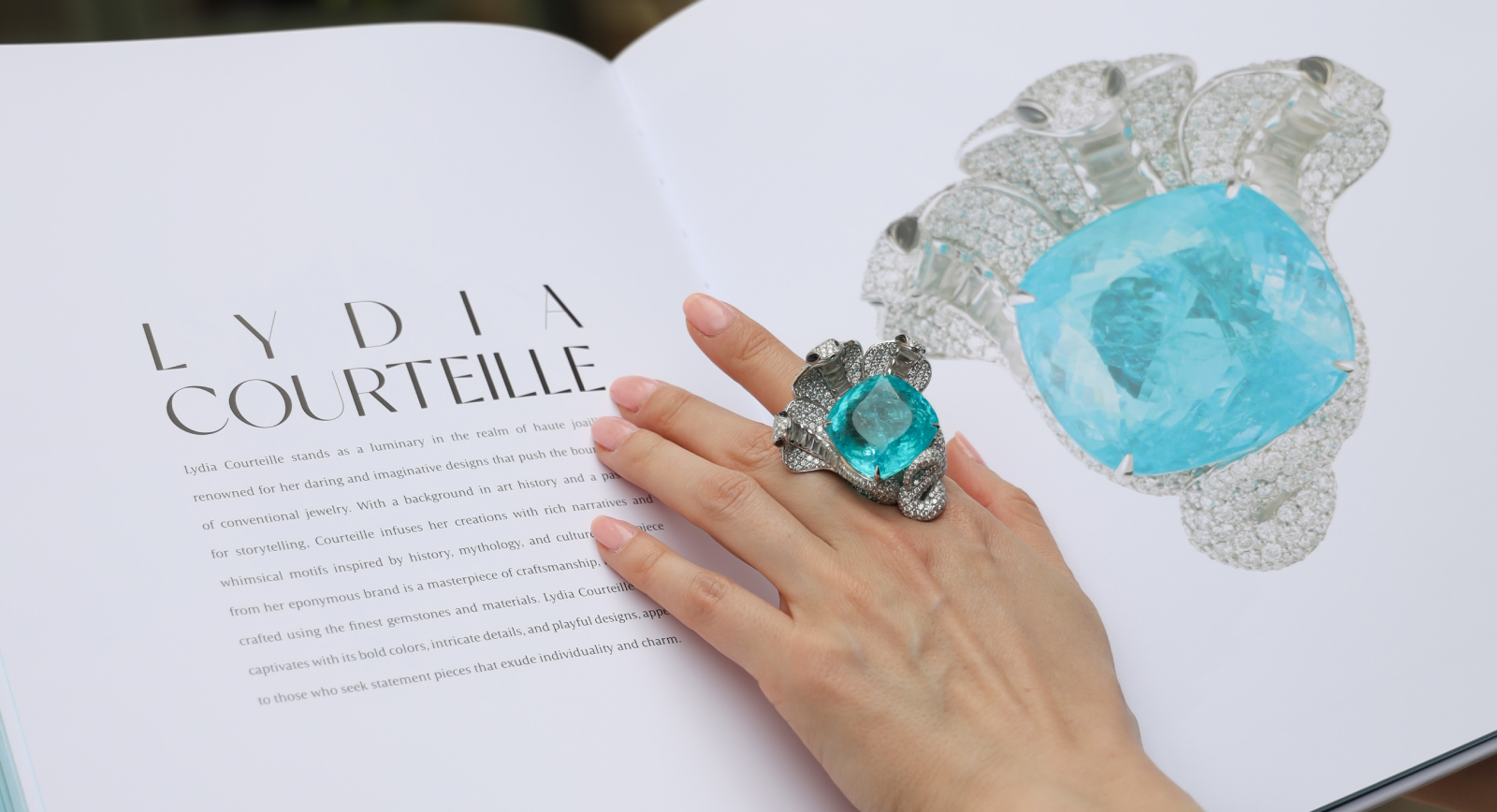
Writing Adventures:Co-Authoring the Book
Paraiba: The Legacy of a Color
Brand Focus: Cartier
Jewellery Insights straight to your inbox
